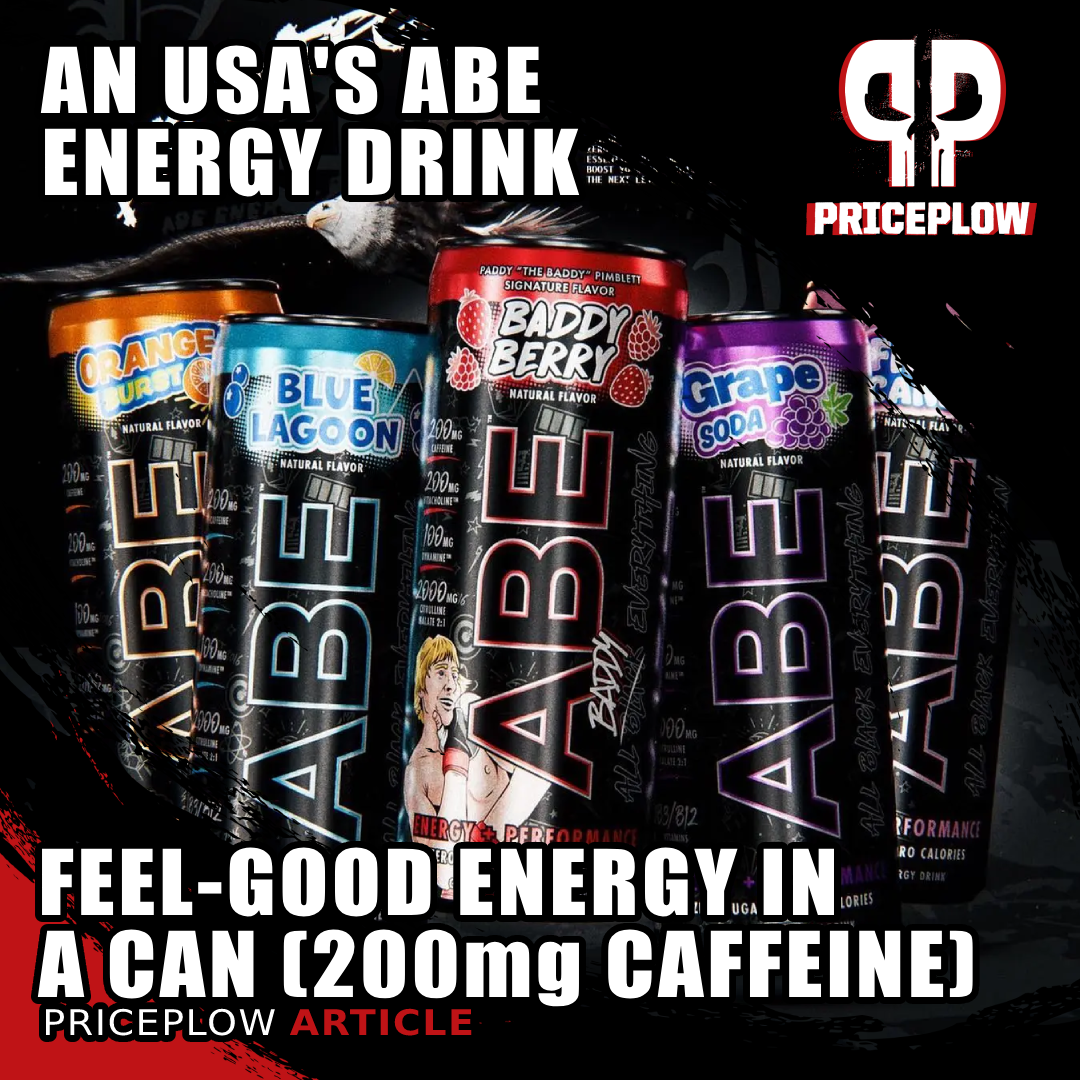
ABE Energy by Applied Nutrition packs 200mg of caffeine, citrulline, and theanine for a smooth, jitter-free boost. A feel-good energy drink that delivers just the right amount of energy without overdoing it!
Back in March, we welcomed Aaron Heidebreicht onto the PricePlow Podcast to discuss his new role as Applied Nutrition's USA CEO. AN is a rapidly expanding supplement brand across the pond – particularly in the UK – and they are known for a variety of immensely successful products, like their All Black Everything (ABE) pre-workout.
They've been gradually entering the American market for a few years now, and their American subsidiary recently announced a rebrand from ABE to AN USA. For now, the new products keep rolling, including one of their main drops:
ABE Energy: 'Feeling Good' in a Can
ABE Energy is Applied Nutrition's latest offering, and as you can guess, it's an energy drink. With some classic ingredients like citrulline, caffeine, and theanine, it boasts a solid formula. The dosages are nothing extreme, and the caffeine, dynamine, and niacin work well together to create a nice, smooth, energetic buzz.
We're going to dive into a brief summary of how ABE Energy Drink works, but first, let's check PricePlow for good ABE deals, and take a look at our video reviews of the new flavor:
AN USA ABE Performance Energy Drink – Deals and Price Drop Alerts
Get Price Alerts
No spam, no scams.
Disclosure: PricePlow relies on pricing from stores with which we have a business relationship. We work hard to keep pricing current, but you may find a better offer.
Posts are sponsored in part by the retailers and/or brands listed on this page.
ABE Energy Drink Ingredients
-
Citrulline Malate 2:1 (2000mg)
L-citrulline, a non-essential amino acid naturally found in watermelons and various plants,[1-5] is commonly used in pre-workout supplements to enhance blood flow, oxygen delivery, and nutrient delivery by increasing nitric oxide levels.[1,6] L-citrulline plays a role in the urea cycle, helping to remove ammonia from the body, which can otherwise hinder energy production.[1] For L-citrulline to be effective, it must first be converted into L-arginine in the kidneys, which is then transformed into nitric oxide by an enzyme called nitric oxide synthase,[7] leading to vasodilation and improved blood flow.[8,9]
Research shows that taking 3 to 6 grams of L-citrulline before exercise can boost performance, reduce perceived exertion, lower blood pressure, decrease muscle soreness, and improve oxygen uptake and ATP production.[1,6,10-15] The amount of citrulline derived from the citrulline malate 2:1 here is approximately 1.33g, which is below the studied effective dosages; however, it's still likely that it will convert to arginine and provide some increased nitric oxide.
-
Betaine Anhydrous (1000mg)
Similar to creatine, betaine enhances ATP production[16] but does so by donating methyl groups instead of phosphate groups, making it a powerful methyl donor involved in critical metabolic processes. It also acts as an osmolyte, promoting cellular hyperhydration, which boosts the delivery of nutrients and water to cells, improving strength, power, and resilience.[17,18]
Its ability to regulate homocysteine levels also supports cardiovascular health, making it a valuable addition for both athletic performance and long-term wellness.[17,19]
As in the case of citrulline, the dose of betaine in ABE Energy is lower than the studied effective dose,(2,500mg) but it may still help reduce homocysteine levels at this dosage, potentially conferring some cardiovascular benefits.
-
Caffeine Anhydrous (200mg)
Caffeine can cross the blood-brain barrier,[20] allowing it to significantly impact the brain and central nervous system (CNS). Known for its ability to boost mood, focus, and wakefulness, caffeine works by blocking adenosine receptors in the brain.[21,22] Adenosine, a byproduct of ATP synthesis, accumulates while we're awake and causes fatigue, but caffeine inhibits its effects, making us feel more alert. Additionally, caffeine increases cellular metabolism by inhibiting the enzyme phosphodiesterase, which normally reduces levels of cyclic adenosine monophosphate (cAMP). Elevated cAMP levels signal cells to generate more energy from calories, enhancing both physical performance and energy levels.[23]
Caffeine's ability to increase cellular metabolism also makes it an effective fat-burning supplement, as it promotes lipolysis, or fat breakdown.[24] Studies have shown that caffeine can increase fat burning by up to 50%,[25] and a 2020 meta-analysis found that even small doses of 3 milligrams per kilogram of body weight can enhance fat-burning effects during exercise.[26]
-
VitaCholine (200mg)
Choline is a B vitamin that plays several important roles in the body, with one of its key functions being the maintenance of cellular membranes.[27] While the body can produce some choline, it is still classified as an essential nutrient because it cannot generate enough to meet all of its needs. This makes dietary intake crucial for maintaining optimal health and function.
In the central nervous system, choline is a precursor to acetylcholine, a neurotransmitter known for its critical role in learning and memory consolidation,[28] often referred to as the "learning neurotransmitter." Increased acetylcholine levels improve cognitive performance in various areas, including balance and coordination.[29,30]
Here, too, the 200mg dose of choline bitartrate is not a significantly large amount, but some is better than none.
-
L-Theanine (200mg)
Theanine, an amino acid found in the leaves of Camellia sinensis—the plant behind teas like white, green, oolong, pu-erh, and black—helps take the edge off caffeine. If you've ever noticed the calming effect of tea compared to coffee, it's due to theanine. In the brain, theanine acts as a neurotransmitter,[31] producing calming, anti-anxiety, and inhibitory effects on neurons.[32-34]
What makes theanine particularly beneficial is that it provides these calming effects without causing sedation, offering a balanced state of relaxation while maintaining alertness. This makes theanine an ideal companion to stimulants like caffeine, helping smooth out any jittery effects and promoting a more focused and calm state of mind. Research shows that the combination of theanine and caffeine has synergistic effects, improving cognitive function while keeping you relaxed.[33]
-
Tyrosine (200mg)
L-tyrosine has been shown to boost alertness, focus, mood, and mental energy by increasing the production of three key neurotransmitters: norepinephrine, epinephrine, and dopamine.[35-37] These neurotransmitters are essential for cell communication and are involved in almost every physiological process.
Applied Nutrition's American Division is now AN USA, formerly All Black Everything (ABE). All Black Everything is returning to its UK status as a pre-workout.
High-stress situations, including exercise, can deplete neurotransmitter levels, leading to reduced performance, increased fatigue, and impaired concentration. Supplementing with L-tyrosine before exercise can help delay or prevent this depletion. Norepinephrine and epinephrine, two hormones involved in the body's fight-or-flight response, increase fat breakdown, blood glucose levels, and heart rate while reducing digestion during stress. Dopamine, often referred to as the "feel-good" neurotransmitter, is linked to pleasure, motivation, and mood regulation.
Research indicates that L-tyrosine supplementation enhances cognitive function and performance, helping users adapt better to stress through the upregulation of the thyroid hormones T3 and T4.[38,39]
-
Taurine (200mg)
Taurine plays a key role in various bodily functions, including osmoregulation (maintaining fluid balance inside and outside cells), stabilizing cell membranes, calcium signaling, scavenging free radicals, reducing oxidative stress, and aiding in the production of bile salts for fat metabolism.[40,41
Research has shown that supplementing with 1 to 6 grams of taurine can significantly enhance endurance.[42] Additionally, taurine has been found to improve cognitive function by restoring taurine transporters, decreasing neuroinflammation, reducing oxidative stress, and stimulating mitochondrial biogenesis and synaptic function.[41] One study also revealed that taurine can boost nitric oxide levels by activating nitric oxide synthase, thereby improving nitric oxide bioavailability.[43]
-
Dynamine (100mg)
Dynamine, a trademarked form of methylliberine, is closely related to caffeine. Like caffeine, dynamine is an adenosine antagonist that can decrease fatigue and upregulate dopamine and noradrenaline.[44-47] While it is a stimulant, it does not exacerbate vasoconstriction, and serves as a beneficial addition to the ABE Energy formula.
-
Niacin (16mg)
Niacin, or Vitamin B3, helps support energy production and brain health, in large part because of its role in helping the production of neurotransmitters like serotonin, which impacts mood.[48]
Niacin is also neuroprotective due to its ability to reduce oxidative stress and inflammation.[49] ABE Energy uses standard niacin (nicotinic acid), which we prefer over niacinamide.
-
Vitamin B12 (10mcg)
B12 is critical for proper energy production, helping as it helps convert carbs into glucose. Additionally, it supports red blood cell formation. The form of B12 in ABE Energy is cyanocobalamin, which we believe to be less effective than methylcobalamin.
All ABE Energy Drink flavors
Check out our up-to-date list of ABE Energy drink flavors below:
A Smooth Ride
Overall, ABE Energy is a nice, easy, and delicious feel-good energy drink.
The dosages of many of the ingredients are light, meaning you won't experience the same clinically significant effects compared to many powdered pre-workout supplements when it comes to exercise performance. However, it's a solid lineup and they're likely to provide some benefits. Between the niacin and the 200 milligram dose of caffeine – roughly equivalent to two cups of coffee – it should provide a nice boost without the jitters and anxiety commonly associated with energy drinks.
One of the best additions to the formula is Dynamine, which we appreciate seeing in stimulant blends. It has a notoriously strong taste, but ABE Energy manages to mask it pretty well with flavoring.
AN USA ABE Performance Energy Drink – Deals and Price Drop Alerts
Get Price Alerts
No spam, no scams.
Disclosure: PricePlow relies on pricing from stores with which we have a business relationship. We work hard to keep pricing current, but you may find a better offer.
Posts are sponsored in part by the retailers and/or brands listed on this page.
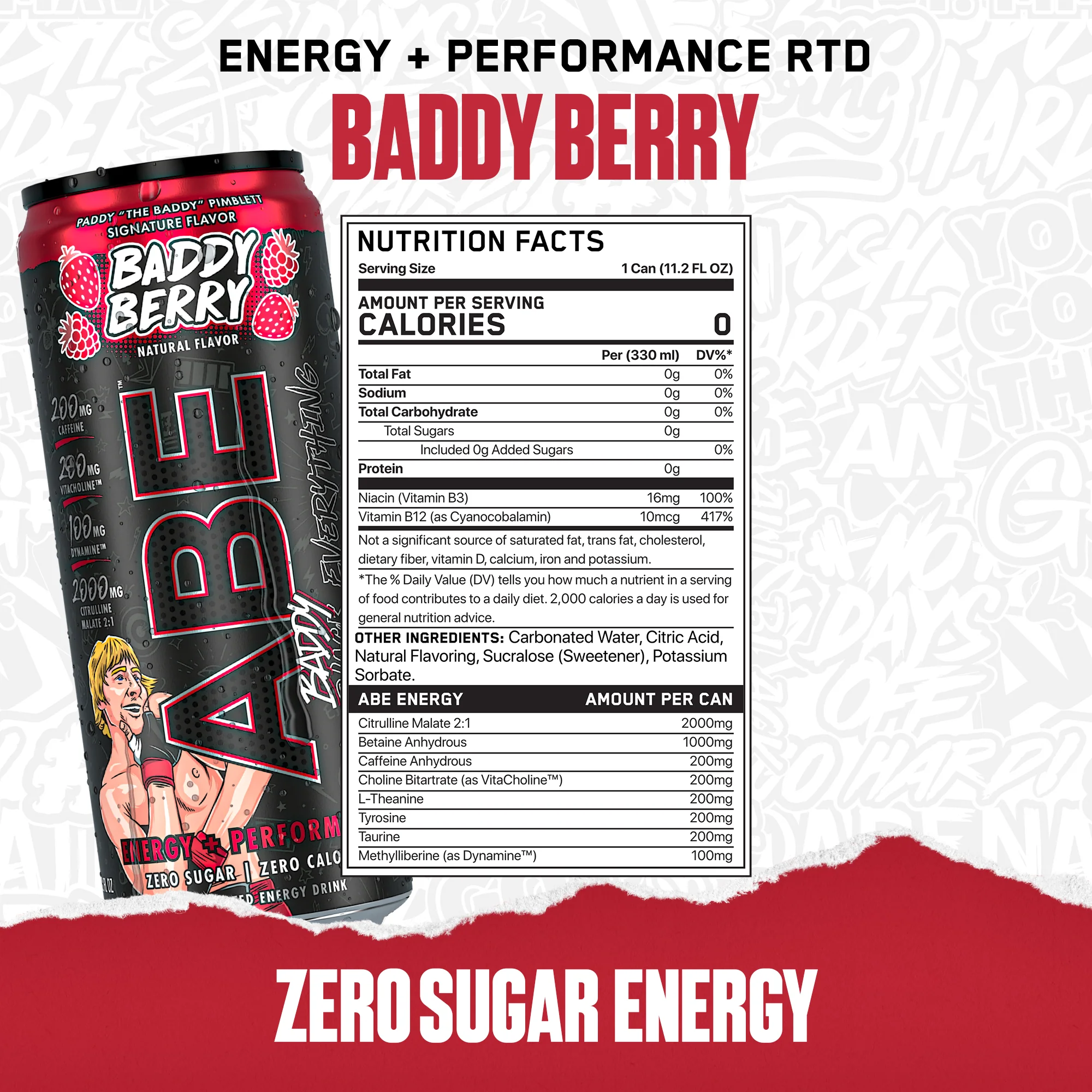
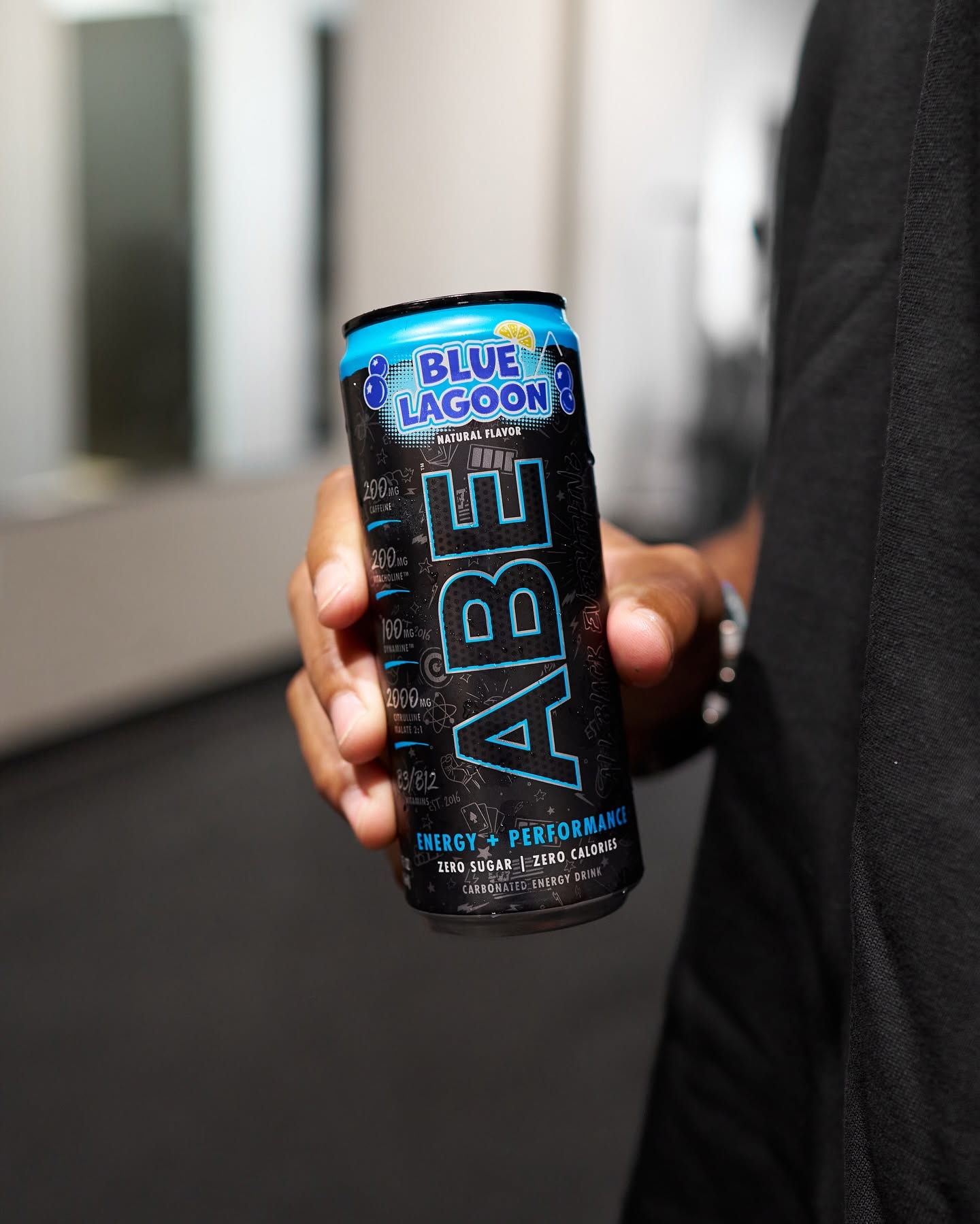
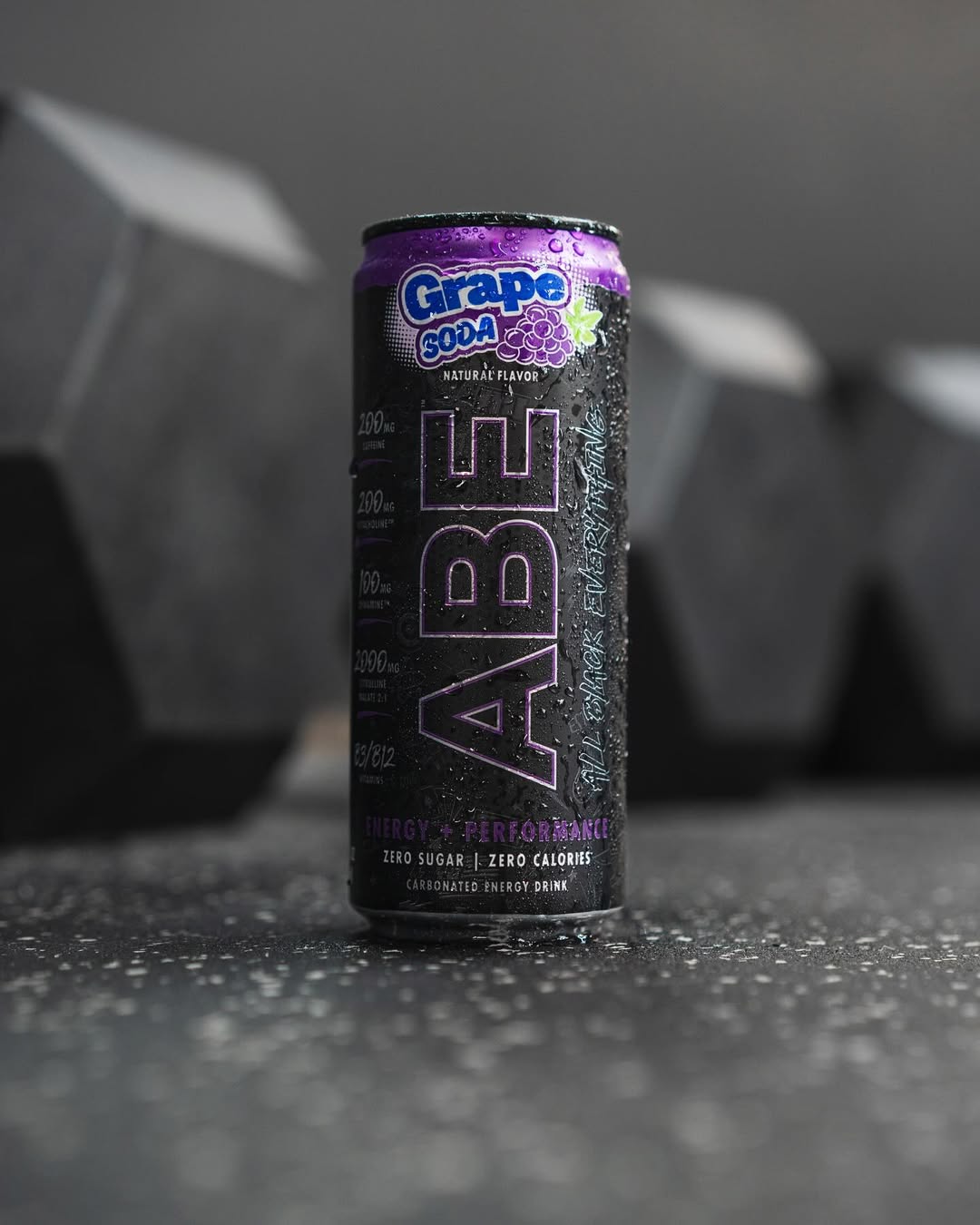


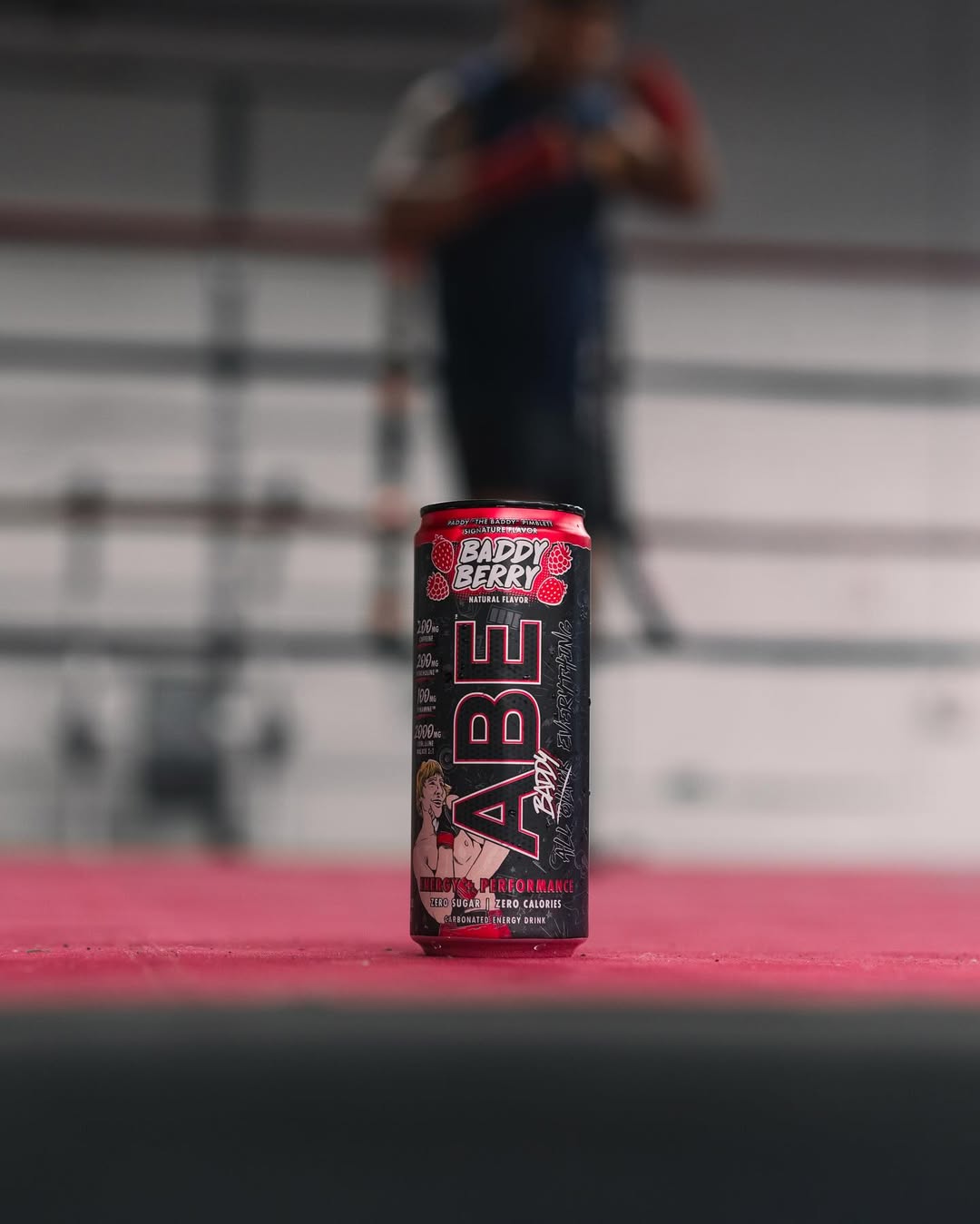
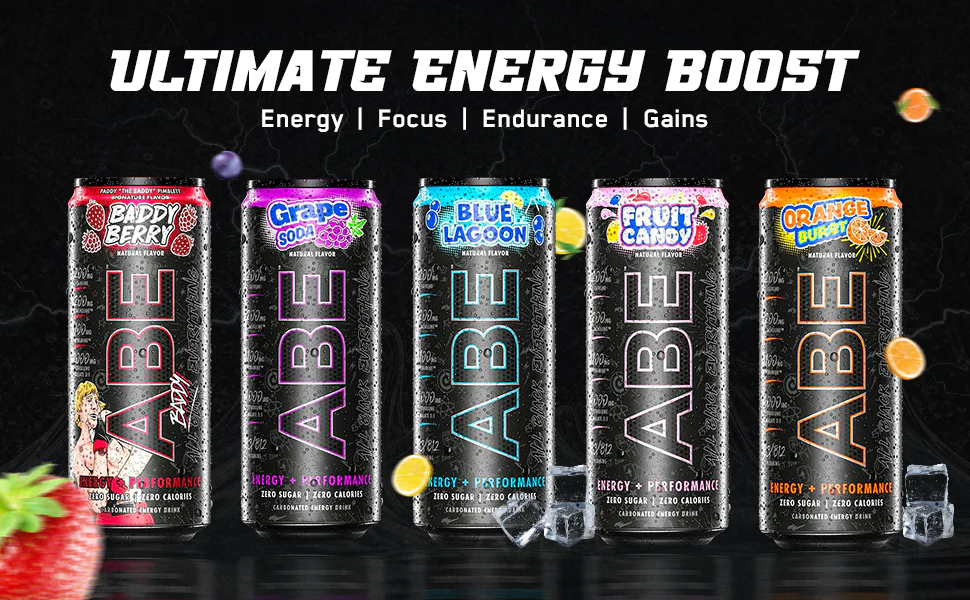


Comments and Discussion (Powered by the PricePlow Forum)